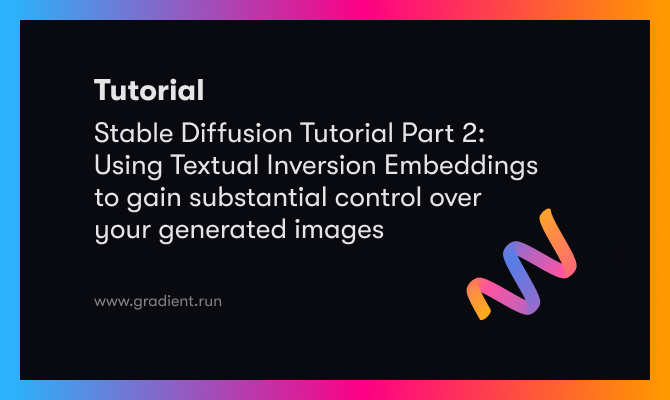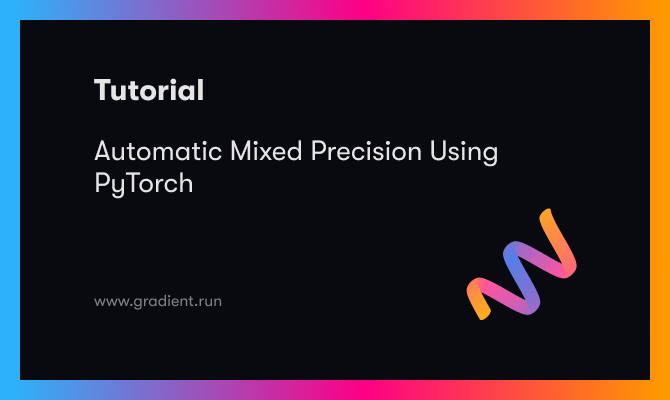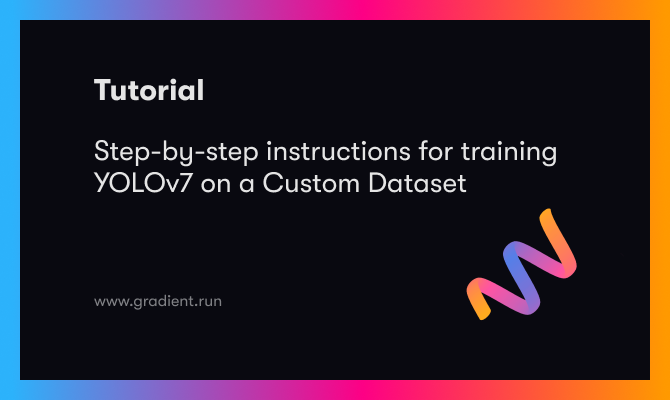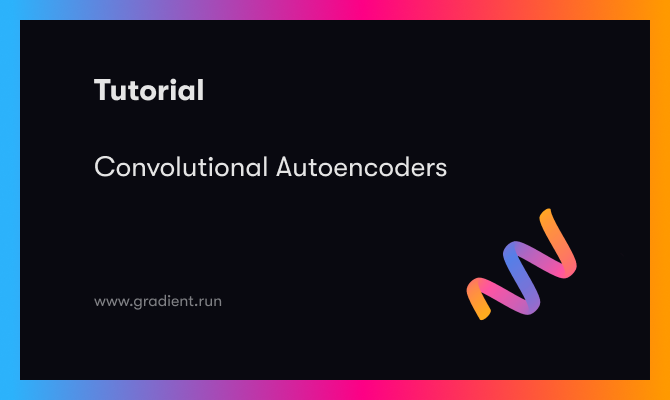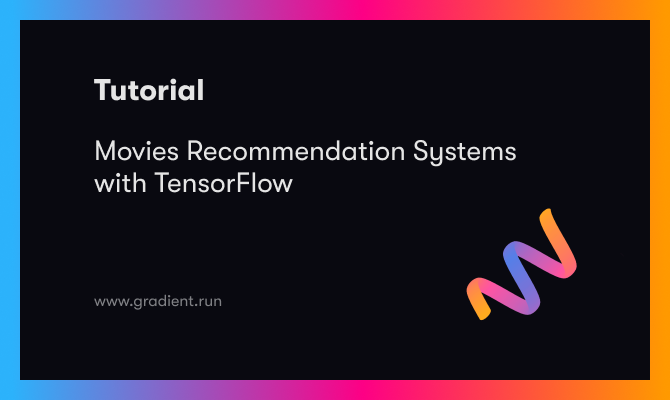Stable Diffusion Tutorial Part 2: Using Textual Inversion Embeddings to gain substantial control over your generated images
This tutorial shows in detail how to train Textual Inversion for Stable Diffusion in a Gradient Notebook, and use it to generate samples that accurately represent the features of the training images using control over the prompt.

